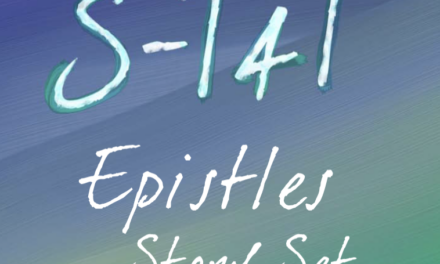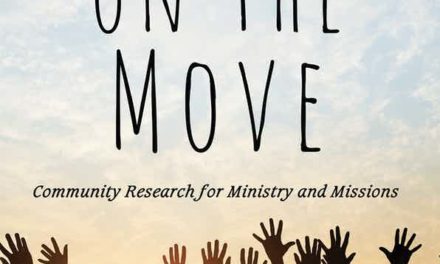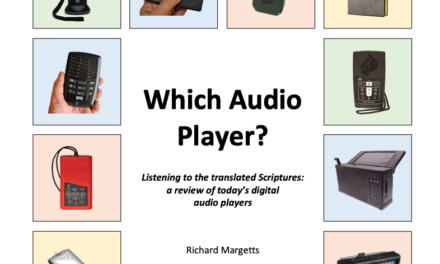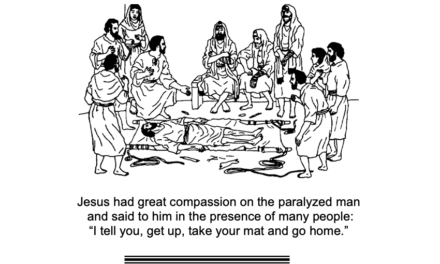
Video
VIDEO REVOLUTION
YouTube and other online sources of video are transforming how people entertain themselves and consume information. Consumption of video via the internet and mobile phones continues to grow. As video-capable phones and mobile data plans become more affordable around the globe, more and more people have them. Additionally, Indian software firms developed popular apps that enable non-readers to exchange video messages in lieu of text-messaging. Using free wifi systems at train stations and other public locations, users upload and download video messages on inexpensive mobile phones. They consume and create video content off-line. This innovation made the internet accessible to people who were not part of the Indian upper or middle class economically.
The video revolution reinforces people’s preference for oral communication by providing an endless stream of audio-visual communication that often makes little or no use of print. Watching video reduces the amount of time that people spend reading, so it is may affect literacy skills. But people may also be prompted to read materials based on videos that they have seen. The interaction between video and print sources is complex.
Churches and missions organizations are increasingly incorporating video into their outreach efforts. Some video outreach relies on video that tells stories from the Bible. Dozens of films on the life of Jesus have been made, for example, and more are in development. Videos about other biblical characters, such as Moses, have been made as well. Some videos based on Bible stories try to stick closely to the wording of the Bible itself. Other videos take deviate substantially from the biblical account. Sections of longer Bible videos can be used in social media to introduce people to the longer video. Bible videos are included in Scripture apps, on websites, and on memory cards that can be installed on mobile devices.
Christians have also found many ways to use videos that are not attempts to retell the biblical story. Sometimes a contemporary video (long or short) has been used to kick off a good discussion about key questions. Christians can draw on verses from Scripture, history, their personal experiences, Bible stories, and more in the course of the conversation.
Video has been used effectively with non-Christian oral learners who wanted to see what Christian worship might look like if a church were to exist in their culture. Verbal descriptions of a Christian worship only accomplished so much. A video was a great help to depict what would happen in Christian worship. Seeing Christians from their ethnic background worshiping allayed non-Christians’ fears of what might happen in a Christian worship service.







